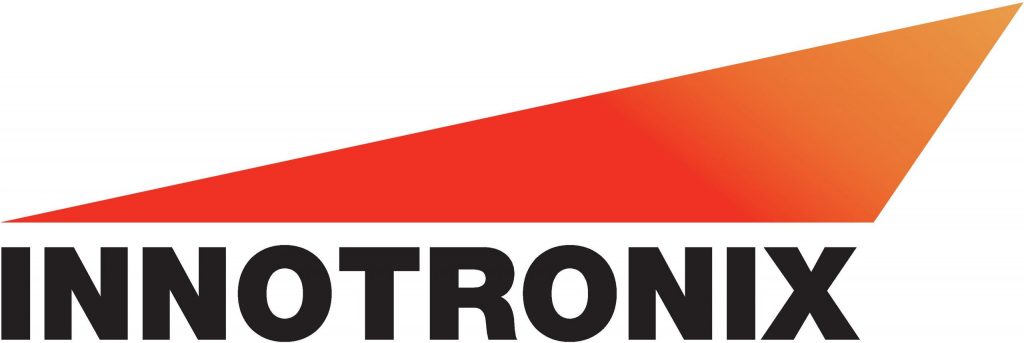Technology / Innovation
Edge computing
Transforming Data processing and communication in the Retail Industry
1. The Essence of Edge Computing
At its core, edge computing shifts the traditional data processing paradigm from a centralized approach to a distributed one. Instead of sending all data to a remote data center for analysis, edge computing enables processing to occur at the “edge” of the network, closer to where the data is generated. This proximity leads to reduced latency, enabling real-time decision-making and enhancing the overall user experience.
In our use case, the application of edge computing helps us send and receive data from the last mile which is the LED Display on the Monolith/Pylon.

Previously the monolith/pylon used to have manual placards to show the rates which as a manual process whereas now by harnessing the power of edge computing, the LED displays are able to communicate with the server of the oil marketing companies which might be located at some remote location
2. Key Features and Capabilities:
Scalability and Reliability:
Since there are thousands of fuel stations and counting, the LED Displays work in an automated fashion without human intervention.
Enhanced Security and Privacy:
This communication is relaibale and secure as it is encrypted with the latest WPA2 encryption when communicating over Wi-Fi and works on propreitory protocol when working in RS485 Serial communication mode.
3. Applications of Edge Computing:
Absolute Signage Management Software
Streamline Your Communication with Cutting-Edge Digital Signage Management Software
1. The Power of Digital Signage Management Software
In today’s fast-paced digital world, effective communication is key to success for businesses, institutions, and organizations of all sizes. Digital signage has emerged as a powerful tool to convey information, promotions, and announcements to a broad audience. To harness the full potential of digital signage, robust and user-friendly management software for websites is essential.
Digital signage management software serves as the centralized hub that empowers users to create, schedule, and display dynamic content on digital screens, whether they’re located on-site or distributed across multiple locations. By seamlessly integrating with websites, this software becomes the control center for broadcasting engaging visuals and messages to captivate viewers and drive desired outcomes.
2. Key Features and Capabilities:
Screens Grouping:
Able to group digital signage of different sizes, technical configurations and geographical locations. Suppose you need to broadcast similar content but in different languages for a particular geographic or demographic group, Absolute helps you do that!
Remote Management:
Web-based access allows users to control and update content across various screens remotely. Changes can be made in real-time, ensuring that information is always up-to-date and relevant.
User Authorization and permissions:
Since there are multiple users who might be having the following roles:
- Administrator: One can manage the screens, groups as well as users one the web portal
- Content Publisher: One publish the content on the screens or group of screens
- Content Uploader: One who is creating the content based on the artwork and screen size can upload the content in the Data Library
- Reporter: One who is responsible to publish the proof of play and other important reports and analytics to the customer/advertiser
3. Applications
- Non-fuel revenue generation for Fuel Stations
- EV Charging Stations
- Refineries to show important public domain information
- Banks
- Malls
Power Electronics
Designed to power developing economies
1. Powering Innovation, Illuminating Tomorrow
In the heart of developing economies, power is not just a utility; it’s a lifeline. Our team of dedicated SMPS (Switched-Mode Power Supply) designers understands this reality and is committed to crafting solutions that transcend boundaries and challenges.
With a deep-rooted understanding of the unique needs and constraints faced by developing economies, we specialize in SMPS designs that are efficient, reliable, and adaptable. Our creations empower industries, communities, and individuals to leapfrog into a future where energy is accessible, sustainable, and transformative.

2. Key Features and Capabilities
Wide Input Voltage Range
Desiging and manufacturing power supplies with input voltage range of 90-300Vac for overcoming the input voltage fluctions coming from the mains
EMI Filtrations
Electromagnetic interferences create critical defects and failures in the products such as:
- Reduced efficiency
- Output Voltage Ripple
- Overheating
- Malfunctioning or Shutdown
- Increased Electromagnetic Radiation
Overvoltage Protection
These safeguards prevent voltage or current spikes from damaging connected devices, enhancing system reliability.
Efficiency
Designed for high efficiency, minimizing energy wastage and reducing heat generation, which extends device lifespan.
Short-circuit Protection
This feature detects and responds to short circuits, quickly disconnecting the output to prevent damage to the power supply or connected devices.
Surge Protection:
6KV Surge protection between L/N and L/E
3. Applications of SMPS:
- LED Lighting- Fuel station lighting, Street lighting, Architectural Lighting
- Industrial Automation: PLCs (Programmable Logic Controllers), motor drives, servo systems, sensors, and other control devices.
- LED Displays: Indoor and Outdoor displays need to be drive with Constant Voltage source of 5V
- Electric Vehicles: EV Charges and DC-DC converters
